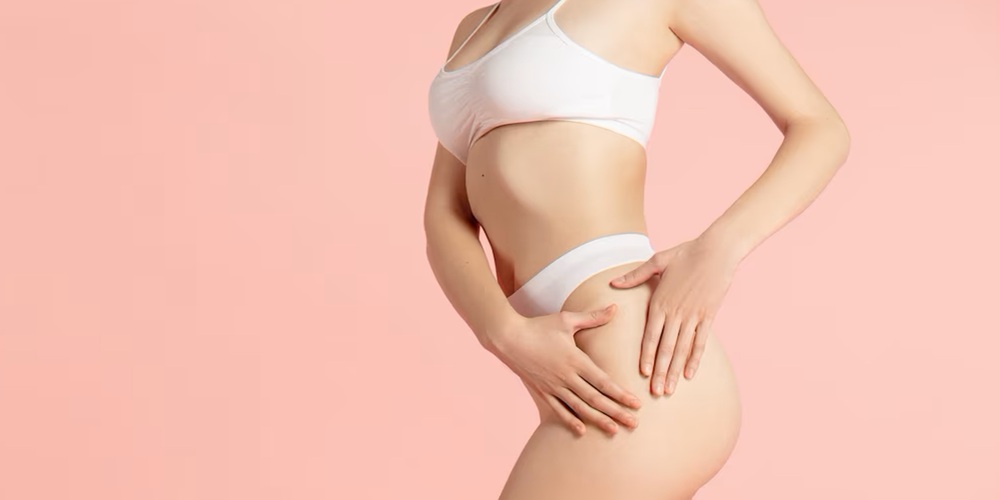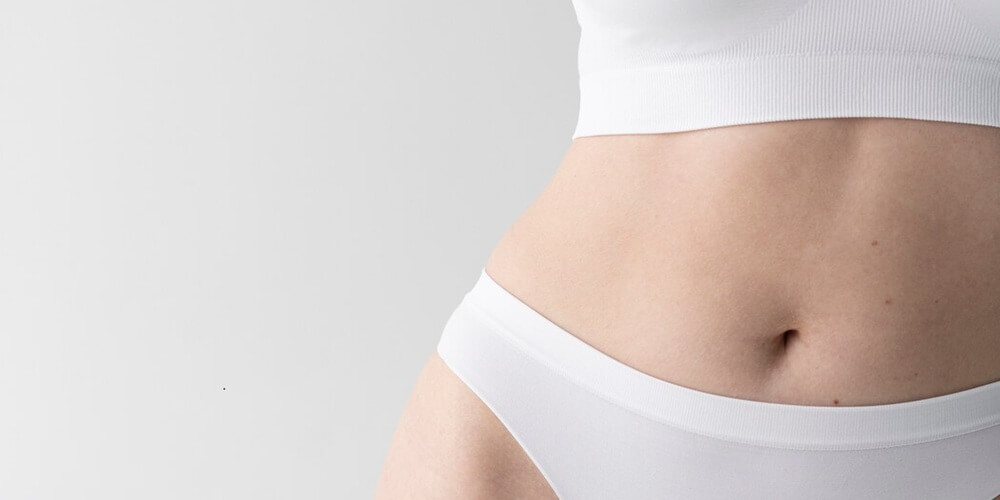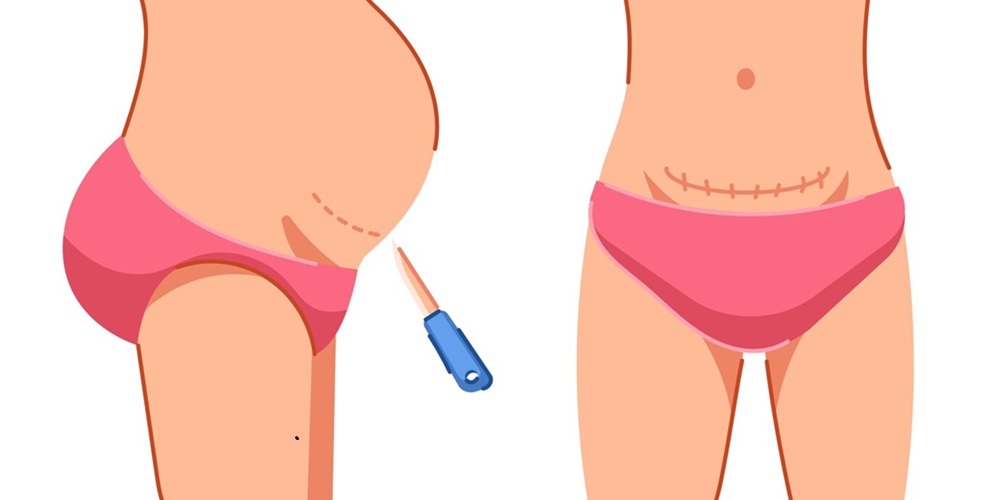Home » Vaser Liposuction Recovery Process: What to Expect After the Procedure

Vaser liposuction recovery is a serious consideration before you have this procedure. Ideally, you will have a sense of overall timeline as well as expectation following surgery in order that you can prepare yourself as well as have a comfortable liposuction healing process. There are a variety of variables that can affect the experience you have as a person, from overall state of health, procedure you have, as well as measures you as well as practitioner choose in surgical procedure. Having a sense of healing process pre-surgery, in-surgery, as well as following surgery will give you a sense that will allow you a more comfortable, smoother healing process. Before having Vaser liposuction, which is designed to shift overall shape of body, have a sense of what you can expect in terms of healing process following surgery as well as preparation. The healing timeline from Vaser will vary on amount of fat that is removed as well as location. That being said, a general liposuction healing timeline will have similar progression. The days following Vaser liposuction are spent at relaxation, watching out for signs of complications. Lifestyle choices as well as maintenance of surgical area are important in order that you can heal in full as well as recover into smoother shape. Keep in mind that suggested information is a generic guide, with some healing more quickly as well as some with slower healing process. Some are more interested in a sense of overall sense of pain following surgery, whereas some are more interested in returning as soon as is practically possible. Some are more interested in a sense of reduced mobility, especially those with sense of family as well as work commitments. Making early changes, such as pain management measures and planning your post-operative assistance or lifestyle modification, can assist in alleviating any worries in the days that succeed Vaser liposuction.
After a Vaser Lipo procedure, Vaser liposuction recovery is critical in progressively and effectively achieving the desired results. Following the doctor’s orders and respecting your body’s pace during the rehabilitation period gives the body the proper setting for liposuction healing. For this reason, a list of post-lipo care is provided. Patients are advised to carefully consider these and make follow-ups in case of any new developments. The aftercare guidelines are given in a sequence of treatments, limited physical activity, and precautions to prevent complications. The patient should not manipulate the treated area as infections might occur.
After the Vaser treatment, hydration through water intake is essential to the healing process as it ensures that the body fluids do not reduce from the remedy used during the surgery or during post-op physical exhaustion. Frequent hydration guarantees that the excess fat and toxins are flushed out of the body. Healthy, balanced nutrition is important during the Vaser liposuction recovery process. The primary purpose is to facilitate liposuction healing and leave the patient feeling relaxed and focused. Therefore, a considerable portion of protein in men’s and women’s diabetic diets should be taken in combination with large water consumption. Resting is important for body restoration, which usually starts at home. One strategy by which this can be accomplished is by putting on a compression garment. At their initial recovery, Vaser liposuction patients are provided with a wrap garment to take home and wear immediately, for several weeks and further until the swelling has subsided completely.
A follow-up appointment with the medical practitioner or nurse is normally proposed one day after discharge. The Vaser liposuction recovery offers an opportunity to go over all of your session notes, raise any questions, and understand how to treat the Vaser liposuction for more effective outcomes. The doctors offer gentle aftercare guidance to ensure the smooth running of the process. One week after Vaser liposuction, a follow-up appointment is generally provided, assessing the wound’s condition, and a nurse or healthcare provider will replace the bandages. Final checks on the handling of wounds and problems following the process are conducted. Especially for athletes, complete in weeks where the clients experience significant improvements, long-term appointments can be scheduled.

Patients may be out work between two weeks and a fortnight following a liposuction. The break relieves your body from a great amount of distress or exertion that will contribute towards liposuction healing. The majority of men and women notice that a smaller dose of pain meds is required in a three- to five-day time frame. Take a break and heal more smoothly. In most circumstances, most men and women report feeling more distressed, tender, and in more pain in the first seven days after a liposuction. Keep in consideration that a liposuction trauma means waiting a couple days before resuming daily activities in order to heal. Periods of anger, frustration, frustration, as well as feeling impatient, are also experienced by some.
This next thing cannot be overemphasized: Downtime after liposuction is a virtue that requires patience. To be confronted with limitlessness and openness is daunting. You can look great, you can be feeling great, but you are not healing physically. Be in touch with your body once you are ready to step up activity level as well as exercising level. Dislike towards exercising or over-fatigue on a healing basis are both indications that you will have to taper activities at once. Contact your surgical staff right away if something concerns you. As you recuperate from liposuction, it is important to keep a bright outlook. Start writing, painting, preparing, or becoming involved in an activity you find relaxing. If you have physical discomfort, such as sitting on the sofa, watch a movie. Plan out various evenings and times for clients. Make your resting area cozy and well-organized to establish a low-stress space for you to recover.
Every area treated with body contouring recovery is different following liposuction. The blood supply in some areas is more extensive, as in the case of flanks, which heal more rapidly. It is not easy to predict in each body area how long liposuction healing will take, but each body area does heal over a course of time. Keep that in mind. That does not mean that something is amiss with either procedure or with liposuction. Guidelines will be given to you, as will observations on what you are looking for, in order that you can tend to body as it heals. A full liposuction healing will take a full year, with continuing improvement each month. We suggest that you return to our office on a regular basis in order that we can keep track of your outcome, can adjust care as necessary, as well as can report on body healing.
After the body shaping procedure, you will have swelling, bruising, as well as burning as well as pinching with mild in order to moderate aching. There is swelling because we are injecting tumescent fluid in carrying out the liposuction, which is 3 in order to 6 months. Be healthy with balanced dietary intake, meet with a licensed nutritionist, as well as have some wonderful discussions with mental care provider about conscious eating as well as emotional breakthrough. Depending on healing that is realized as well as mental state, some clients are encouraged to have physical therapy. Some are encouraged in order to do stretching as well as Pilates in months 1 as well as 2 following procedure in order to realize outcomes, minimize bruising, treat inflammation, as well as facilitate liposuction healing. Referrals will be made following the procedure, as requested. The areas do heal a little more slower as expected, as it does take patience in letting body rebuild its collagen as well as stabilize outcome in a more durable state.

Vaser liposuction recovery can be an arduous task for patients, as it is imperative that proper care is given postoperatively. Routine check-in care, as well as meticulous attention paid to incisions, wound care, garments, and massage, affords optimal results. Future advancements in the recovery period will likely include further developments in liposuction techniques, reducing operative times, recovery times, and lowering complications. Further studies are needed to detail this process specifically catered to different procedures and the different types of energy-assisted techniques to optimize each patient’s experience. Finally, discontent with body contouring recovery will be reduced by mental health professionals who are available to talk to patients about the recovery time as well as frustration with the lack of immediate results. Body contouring recovery patients interested in aesthetic procedures should be candidly informed of the patient selection process and the importance of their active participation in their overall surgical experience. It is imperative to finish the conversation by saying that, while this process is burdensome, it is one of the most worthwhile things they will do for themselves. These encouraged feelings will propel them in their recovery period and improve their long-term satisfaction with their results.
In conclusion, injury response, swollen fat, neural transmission changes, hormonal changes, and psychological and emotional recovery issues all contribute to how a patient undergoes recovery following a liposuction procedure. Intricacies of concern include multiple sites, the amount of adipose tissue in pounds or percentage of body fat removed, the stage of the procedure, and race. This text reviews the specific physical and mental turmoil that a liposuction patient experiences during their recovery period. Offering predictive recovery time frames, social support limits, and activity lists will assist in setting patient expectations. Further research is needed to offer recovery strategies individualized to each patient. The aesthetic community once believed that aesthetic plastic surgery improved patients’ quality of life by simply improving their appearance. Research protocols once focused on how the patients looked after the procedure. With advances in technology and research, other researchers have learned that aesthetic procedures improve patients’ lives by improving their quality of life through how they feel and/or how they feel they are perceived by others. These gains are difficult to document in data. Nonetheless, as an aesthetic community, it is our job to discuss these changes with our patients and to provide a transformational experience.
Hello!